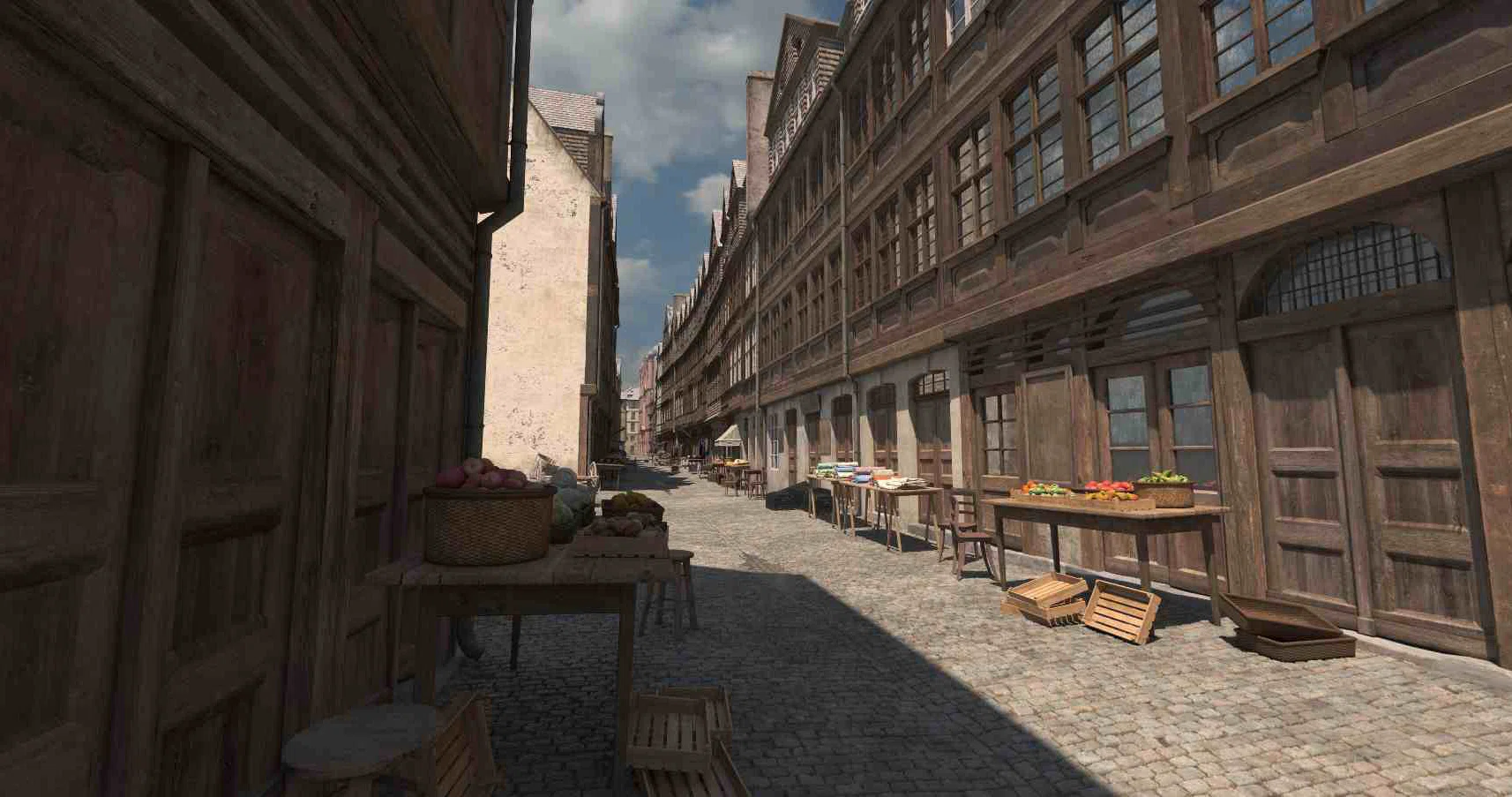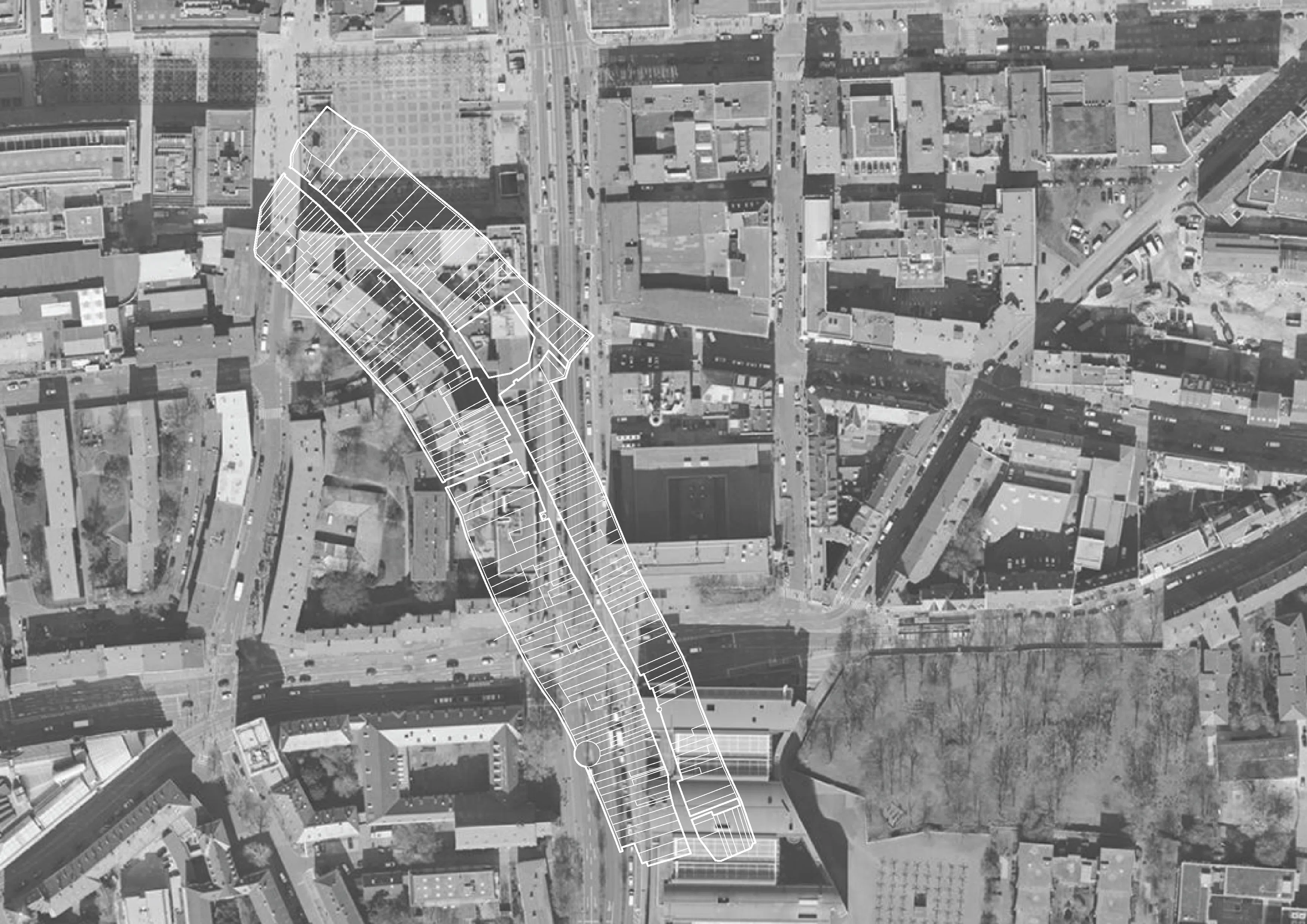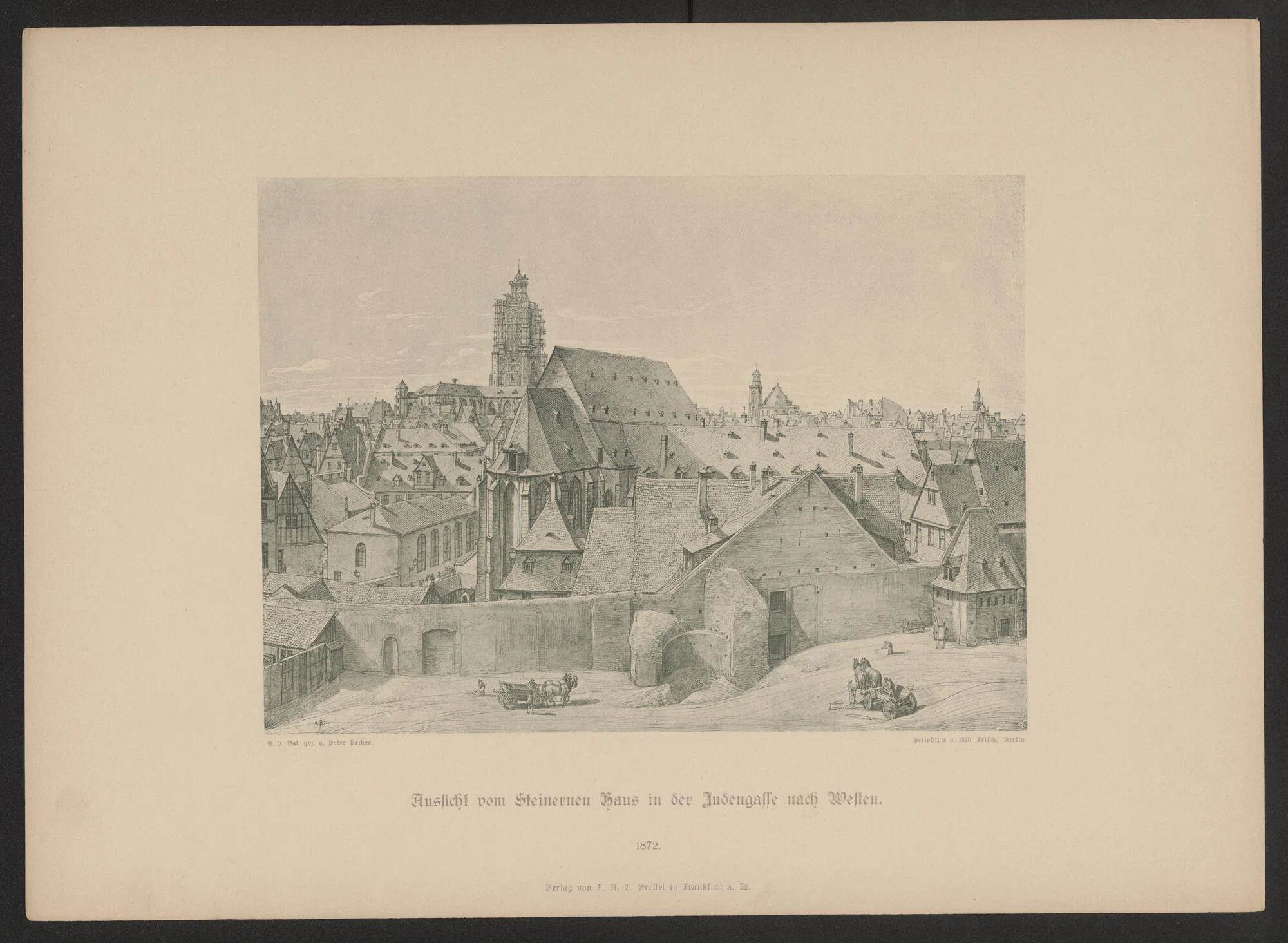The newly established street was located outside the first city wall (Staufen Wall) in the east of the city, where the Jewish cemetery had already been located since the 13th century, and ran in an arc from the Konstablerwache almost to the river Main. It was about 330 meters long, three to four meters wide and had three city gates. At night and on all Christian holidays, including Sunday, these gates remained closed, with only few exceptions. While at the beginning, only about 15 to 20 families lived here, in the 18th century there were already more than 3,000 people. This made Frankfurt’s Judengasse one of the most densely populated places in Europe. Numerous visitors remarked on the overcrowded conditions and the poverty that prevailed there. Nevertheless, from the 16th century onwards, Frankfurt’s Judengasse was home to the largest and most important Jewish community in the German-speaking world. It was also the only remaining community in a major German city for a long time.
The Frankfurt Judengasse was a city within the city. While the religious texts were read in Hebrew, people spoke Yiddish among themselves. The administration, which was run by the so-called builders and coffer masters, was oligarchic, following the example of the council system of the city of Frankfurt. Internal Jewish affairs were the sole responsibility of the Jewish community. They were responsible for the lower courts and the execution of judgements. They were also allowed to impose fines or even to expel members of the community who were not from Frankfurt.
Religious life in the ghetto was dominated by the three synagogues and nine yeshivot. Important rabbis lived and taught here. However, the chief rabbi of the city of Frankfurt always had to be recruited from outside the city. This was to ensure that he could face the community impartially and that none of the prominent families gained too much power by occupying this high office.


